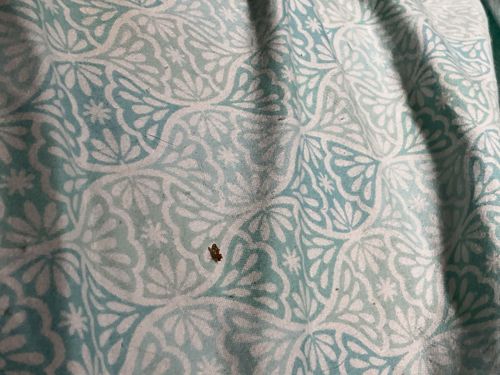Booklouse
Scientific Name: Liposcelis spp. (Liposcelididae family, Psocoptera order)
Order & Family: Psocoptera (Booklice and Barklice), Liposcelididae
Size: Typically 1-2 mm in length, very small and often translucent or pale.

Natural Habitat
Damp, warm, and dark environments, often found in books, stored food products, wallpaper, and other starchy materials. They thrive in high humidity (above 60%)
Diet & Feeding
Fungi, mold, starch (from book bindings, wallpaper paste, stored grains), and dead insect fragments. They do not bite people.
Behavior Patterns
Nocturnal, cryptic, and parthenogenetic (females can reproduce without males). They are often found in large numbers once an infestation is established. They move quickly but do not jump or fly (most species are wingless).
Risks & Benefits
Potential risks include damage to books, paper products, and stored foods through feeding on starch and mold. They can also be a nuisance pest in homes. Generally, they pose no direct health risks to humans as they do not bite or transmit diseases. They are considered an indicator of high humidity issues in a home or storage area.
Identified on: 9/27/2025